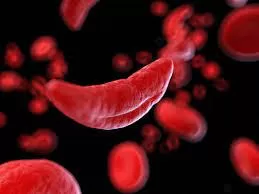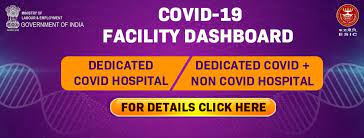In a startling revelation, researchers at Washington State University (WSU) have uncovered a chilling phenomenon they dub “bacterial vampirism,” wherein some of the world’s most lethal bacteria exhibit a disturbing affinity for human blood, actively seeking it out as a source of sustenance. This groundbreaking discovery, detailed in a study published in the journal eLife, sheds new light on the mechanisms underlying bloodstream infections and holds promising implications for future treatment strategies.
Led by Professor Arden Baylink from WSU’s College of Veterinary Medicine and spearheaded by Ph.D. student Siena Glenn, the study delved into the predatory behavior of bacteria towards human serum—the liquid component of blood rich in nutrients crucial for bacterial growth. Notably, the research identified serine, an amino acid abundant in human blood and commonly found in protein drinks, as a primary attractant for these blood-thirsty microbes.
“We learned some of the bacteria that most commonly cause bloodstream infections actually sense a chemical in human blood and swim toward it,” remarked Professor Baylink, underscoring the gravity of the findings.
The investigation pinpointed three formidable bacterial culprits—Salmonella enterica, Escherichia coli, and Citrobacter koseri—as particularly drawn to human serum. These pathogens, notorious for their role in bloodstream infections, pose a significant threat to individuals with inflammatory bowel diseases (IBD), who often contend with intestinal bleeding serving as potential entry points for bacterial infiltration.
Employing an innovative microscopy system dubbed the Chemosensory Injection Rig Assay, developed by Professor Baylink, the researchers simulated intestinal bleeding by introducing minute quantities of human serum and observed the bacteria’s swift navigation towards the source. Remarkably, the bacteria’s response was almost instantaneous, underscoring the urgency of addressing this predatory behavior.
Further investigation unveiled Salmonella’s utilization of a specialized protein receptor, Tsr, enabling it to detect and home in on serum. Through protein crystallography, the researchers elucidated the intricate interplay between Tsr and serine molecules, shedding light on the molecular mechanisms driving bacterial vampirism.
Commenting on the implications of their findings, Siena Glenn highlighted the potential for developing novel therapeutic interventions aimed at disrupting bacterial blood-seeking behavior. “By learning how these bacteria are able to detect sources of blood, in the future we could develop new drugs that block this ability,” remarked Glenn, offering hope for individuals with IBD at heightened risk of bloodstream infections.
Contributions from scientists Zealon Gentry-Lear, Michael Shavlik, and Michael Harms of the University of Oregon, alongside mathematician Tom Asaki from WSU, underscored the collaborative nature of the research endeavor. Funding for the study was provided by WSU and the National Institute of Allergy and Infectious Diseases, underscoring the significance of this research in combating deadly bacterial infections.
As the scientific community grapples with the implications of bacterial vampirism, the quest for effective strategies to combat bloodstream infections takes on renewed urgency, offering hope for a future where the deadliest microbial predators are rendered powerless against medical advances.











